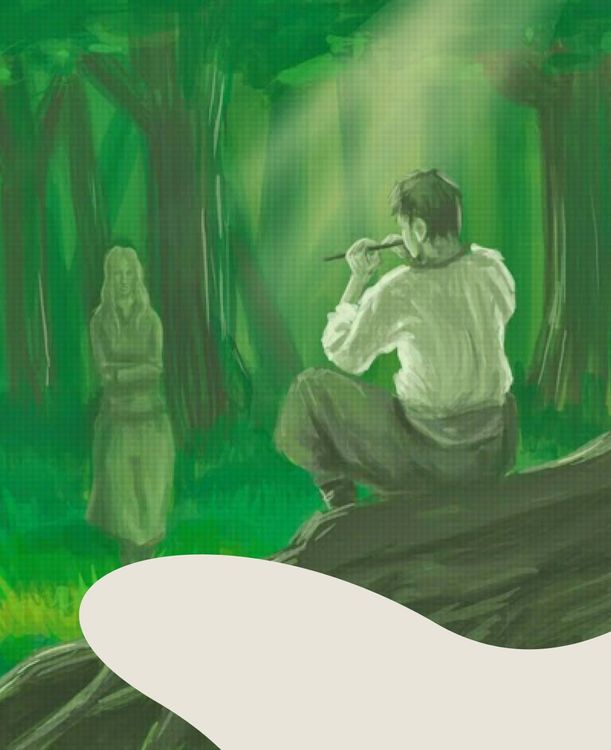Zaporizka Sich (The Zaporizhian Host)

The stronghold of free Cossack life in southern Ukraine.
1554–1775
Fonts:
Lezo
Designer:
“We, brothers, are of Cossack descent,” this line of the Ukrainian national anthem shows that the phenomenon of Cossacks is an integral part of the cultural code of Ukraine.
The Zaporizhian Host united people who put freedom above all else and were eager to defend it wielding weapons in their hands. Even strong neighboring states viewed the Host as a force to be reckoned with, and ultimately, the Cossack freethinking and traditions of elective rule became the foundations of Ukrainian democracy.
The Zaporizhian Host embodied many national characteristics that are inherent in numerous generations of Ukrainians. These include, in particular, their love for freedom, desire for self-organization and self-government, fraternity and military tempering, struggle for leadership — and even a penchant for political bickering. At the same time, the Zaporizhian Host was indeed a powerful military force; the Cossacks, along with the Poles, managed to defeat the troops of the Ottoman Empire in the legendary Battle of Khotyn and somehow even besieged Moscow.
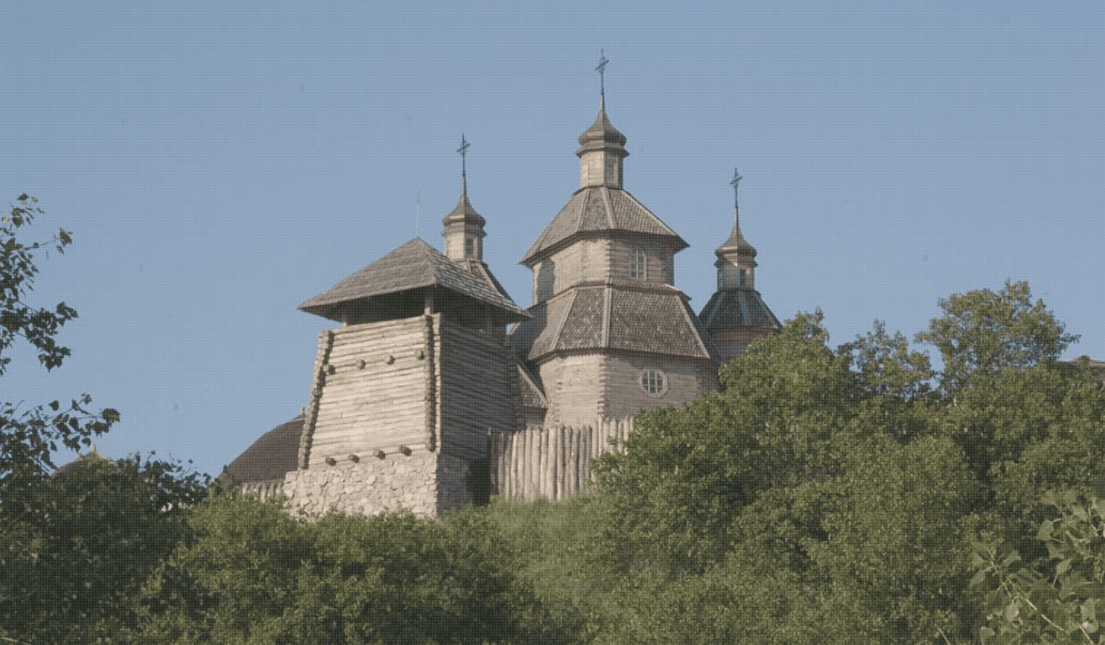
A representative of any nationality could become a Cossack as long as he professed Orthodox Christianity, spoke Ukrainian and had military training. There are many legends about the bizarre trials that a newcomer had to undergo to become a Cossack. According to one of them, after a long training period, the aspirant had to eat a bowl of extremely spicy borscht, drink two bottles of vodka and walk along a log between the rocks on the Dnieper slopes without falling.
Interestingly, the Zaporizhian Host was not a monolithic entity — there were eight iterations imitating one another.
Surely, the Russian Empire could not tolerate such a nursery of libertarianism for a long time.
After the strike on the Ottoman Empire by both Russian troops and Cossacks, the Russians struck a cunning blow at the Host, which was guarded by only a small garrison. It was inadvisable to resist, so the Kish Otaman (leader of the Host), Petro Kalnyshevskyi, made the difficult decision to lay down arms.
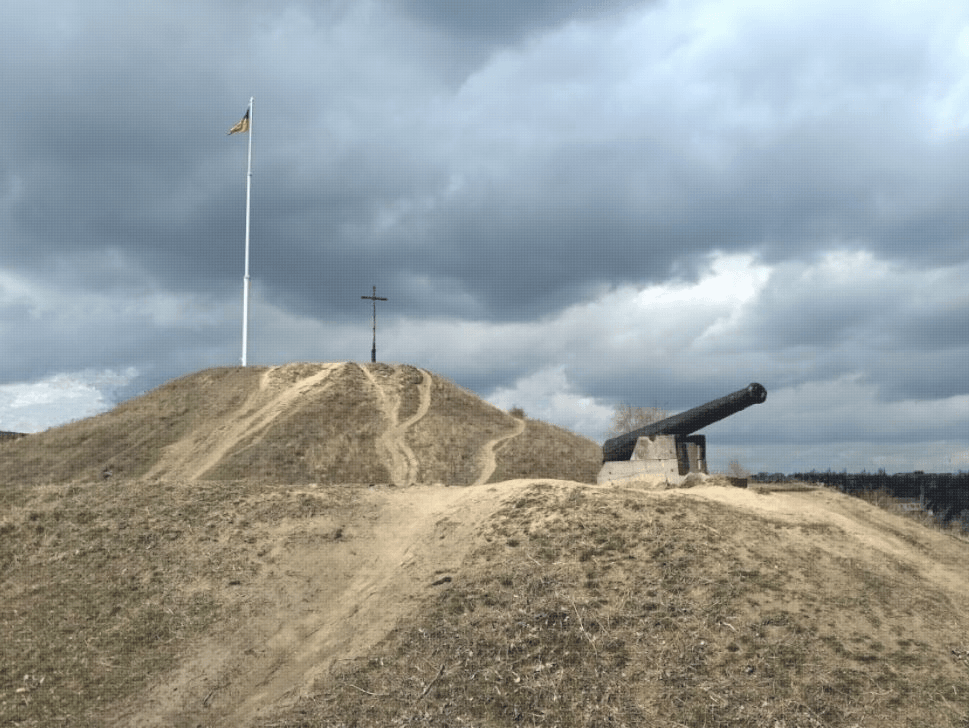
In 1775, Russian troops destroyed the Zaporizhian Host, taking all documents and property to St. Petersburg. Empress of Russia, Catherine the Great, called the obliteration of the Host “the liquidation of a nest of drunkards and scoundrels.” The annexed territories were gifted to the empress’s minions and proclaimed “Novorossiya,” or New Russia.
This was the tragic end of the self-government of Ukrainian Cossacks in Zaporizhia. The Cossacks who managed to escape from serfdom founded their Host in the Ottoman Empire.
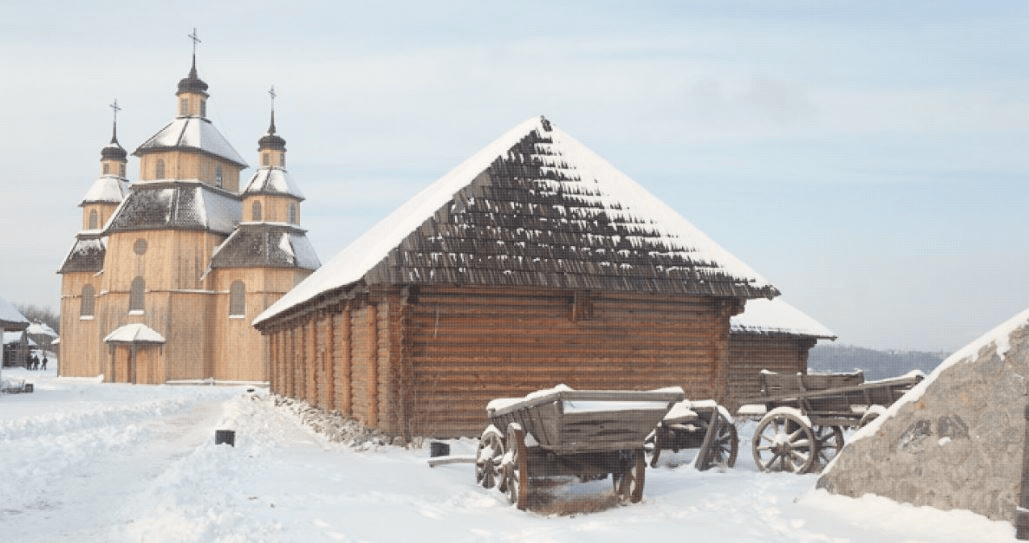
The word “Cossack” has taken root in history as a synonym for “free man,” and the Cossack self-government on the southern bank of the Dnieper River has forever become part of the national memory for Ukrainians. To some extent, this determined the respectful attitude of the Ukrainian people to democratic traditions.
The story of the rise and fall of the Zaporizhian Host still resonates in Ukrainian hearts, as it bears an important lesson and warning for future generations.
Fonts:
Lezo
Next letter and event

Zaporizka Sich (The Zaporizhian Host)
this project
in social
“Shchedryk” (The Little Swallow)

Antonov AN-225 Mriya ("The Dream")
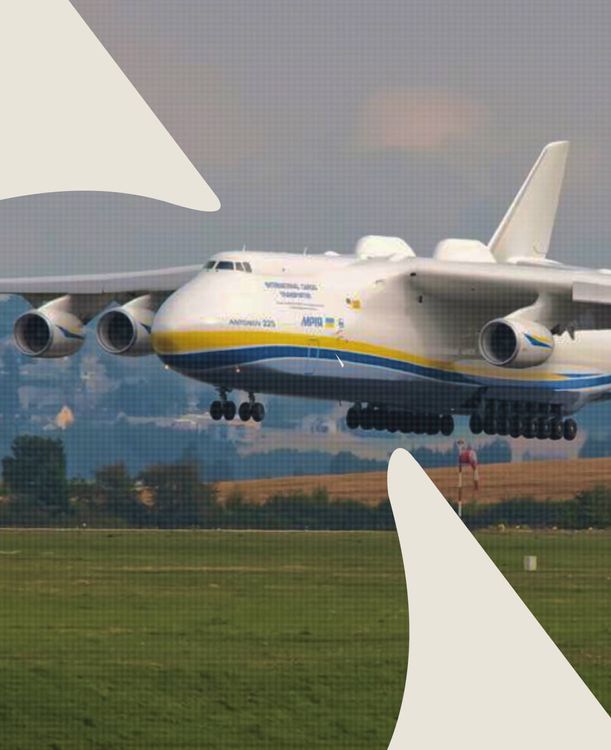

Danylo Halytskyi

“Smilyvi zavzhdy maiut shchastia” (“The brave always have happiness”)

Budynok “Slovo” (The Slovo Building, or "The Word")
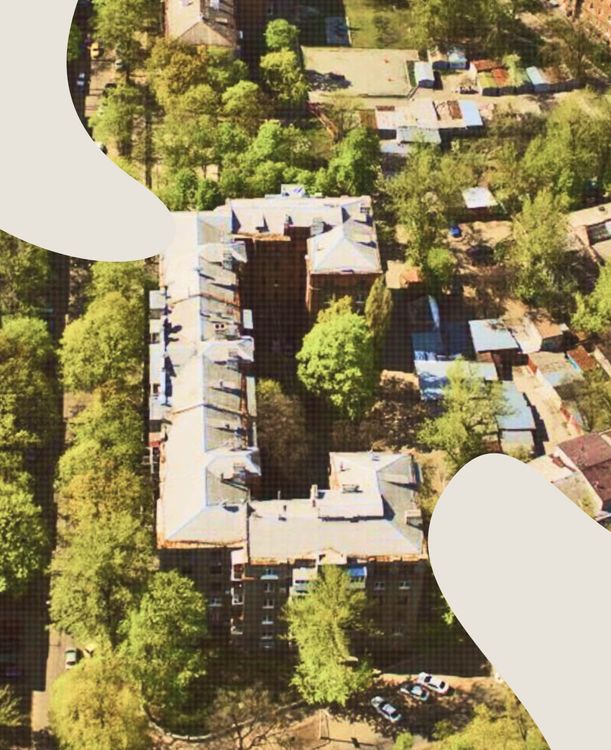

Falz-Fein and his “Askania Nova”

Volia — collective concept, most often translated as Freedom

Yrii (/'irij/: iriy), yndyk (/in'dik/: turkey) and yrod (/'irod/: Herod)


Danylo Halytskyi

“Shchedryk” (The Little Swallow)

Zaporizka Sich (The Zaporizhian Host)

Chornobyl Disaster


Falz-Fein and his “Askania Nova”

Crimean Tatars, Karaites and Krymchaks (qırımlılar, qaraylar)

Holodomor

Creative & Tech Online Institute
Медіа про дизайн, креатив і тех індустрії

Ukrainski sichovi striltsi (The Ukrainian Sich Riflemen, or the USS)

“Smilyvi zavzhdy maiut shchastia” (“The brave always have happiness”)

Holodomor

Antonov AN-225 Mriya ("The Dream")

Chornobyl Disaster

Holodomor


The Trident of Volodymyr the Great

“Smilyvi zavzhdy maiut shchastia” (“The brave always have happiness”)


Aeneid by Ivan Kotliarevsky
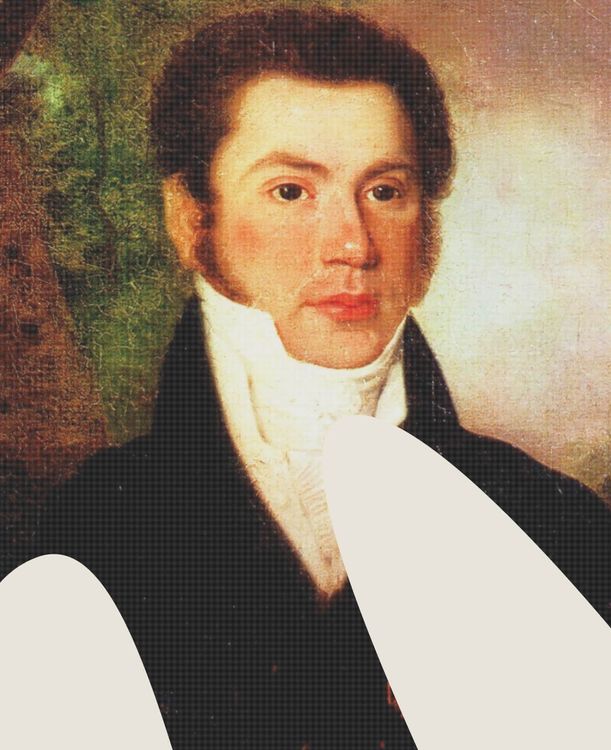
Georgiy Gongadze

Peresopnytske Yevanheliie (The Peresopnytsia Gospel)

Volia — collective concept, most often translated as Freedom


Ukrainski sichovi striltsi (The Ukrainian Sich Riflemen, or the USS)

Yizhak protytankovyi (Czech hedgehog)

Mariupol

